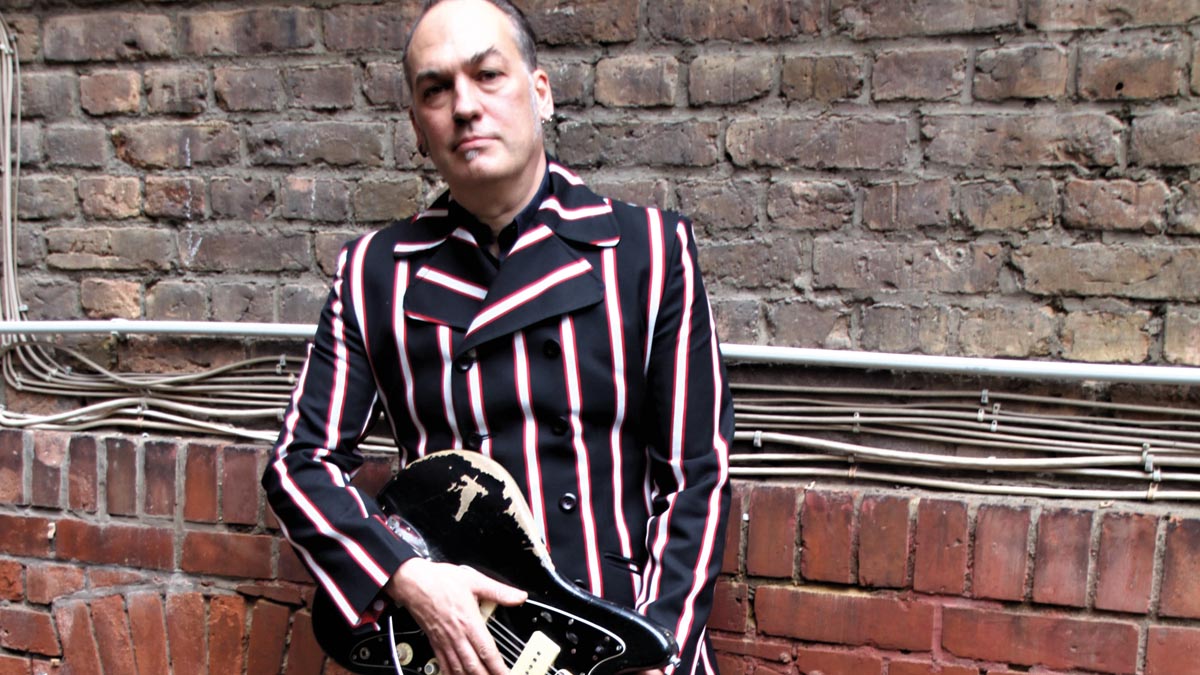Martin Schmidt walks us through the Surf Guitar Book, a deep dive into the scene's tones, techniques and greatest players
“I wanted to break it all down like you would learn a basic 12-bar blues. There’s no reason you can’t approach surf guitar the same way“

Though deeply rooted in the evolution of the six-string, it would be fair to say surf guitar may very well be one of the more neglected styles among modern players.
Thankfully, that could very well change with the arrival of what author Martin Schmidt describes as “the first specialist book on the genre,” packing everything you need to know about the techniques and gear to nail the sound into its 132 pages.
“I love those sparkling, reverberated tones,” says Schmidt – also the guitarist in German surf trio the Razorblades, who are currently promoting their latest release, Howlin’ at the Copycats. “They’re almost clean yet seem to have as much power as distorted sounds – aggressive and very beautiful at the same time.”
Most of all, the author cites his love for the instrumental concepts behind its more famous spangle-jangles, “where you can carry the whole song through your guitar” and effectively “replace the voice” – contrary to other genres, which he feels are, to some extent, less guitar-driven.
The spiral-bound paperback examines the tremolo and muted picking styles employed by original surf hero Dick Dale – repopularized in the '90s, thanks to its inclusion in Quentin Tarantino’s masterpiece, Pulp Fiction – as well as those inimitable and often extreme whammy bar techniques.
There’s plenty of insight into the scales most associated with these sounds, predominantly minor/major pentatonics and modes such as Dorian and Mixolydian (“another Dick Dale trick is to play Phrygian dominant – the harmonic minor scale from its fifth note – over a major chord to add a Spanish or Eastern feel,” Schmidt says).
And as for his gear recommendations, expect a lot of classic Fender designs. “Fender Stratocasters, Jazzmasters and Jaguars are very typical for this kind of rock, usually plugged into Sixties amps like the Showman, Bandmaster and Bassman,” Schmidt says. He also recommends the Catalinbread Topanga and Surfy Industries Spring Reverb pedals for just the right kind of ambience.
Get The Pick Newsletter
All the latest guitar news, interviews, lessons, reviews, deals and more, direct to your inbox!
“I hope to get more people into surf music by explaining all the details of the style with tabs,” says Schmidt – clearly someone as passionate as it gets when it comes to those choppy, seaweed-drenched melodies.
“It often gets a bit mystified, so I wanted to break it all down like you would learn a basic 12-bar blues. There’s no reason you can’t approach surf guitar the same way.”
- The Surf Guitar Book is available to order now.
Amit has been writing for titles like Total Guitar, MusicRadar and Guitar World for over a decade and counts Richie Kotzen, Guthrie Govan and Jeff Beck among his primary influences as a guitar player. He's worked for magazines like Kerrang!, Metal Hammer, Classic Rock, Prog, Record Collector, Planet Rock, Rhythm and Bass Player, as well as newspapers like Metro and The Independent, interviewing everyone from Ozzy Osbourne and Lemmy to Slash and Jimmy Page, and once even traded solos with a member of Slayer on a track released internationally. As a session guitarist, he's played alongside members of Judas Priest and Uriah Heep in London ensemble Metalworks, as well as handled lead guitars for legends like Glen Matlock (Sex Pistols, The Faces) and Stu Hamm (Steve Vai, Joe Satriani, G3).
Industry expert and YouTuber Adam Saunders launches new books to break down the barriers of music theory to make songwriting simple
“He scoured the globe to find these guitars. I had given many away or sold them through the years, but he tracked them down”: A 1,000-page book showcasing Steve Vai’s iconic guitars has been announced – and it will be joined by a super-limited Ibanez JEM










